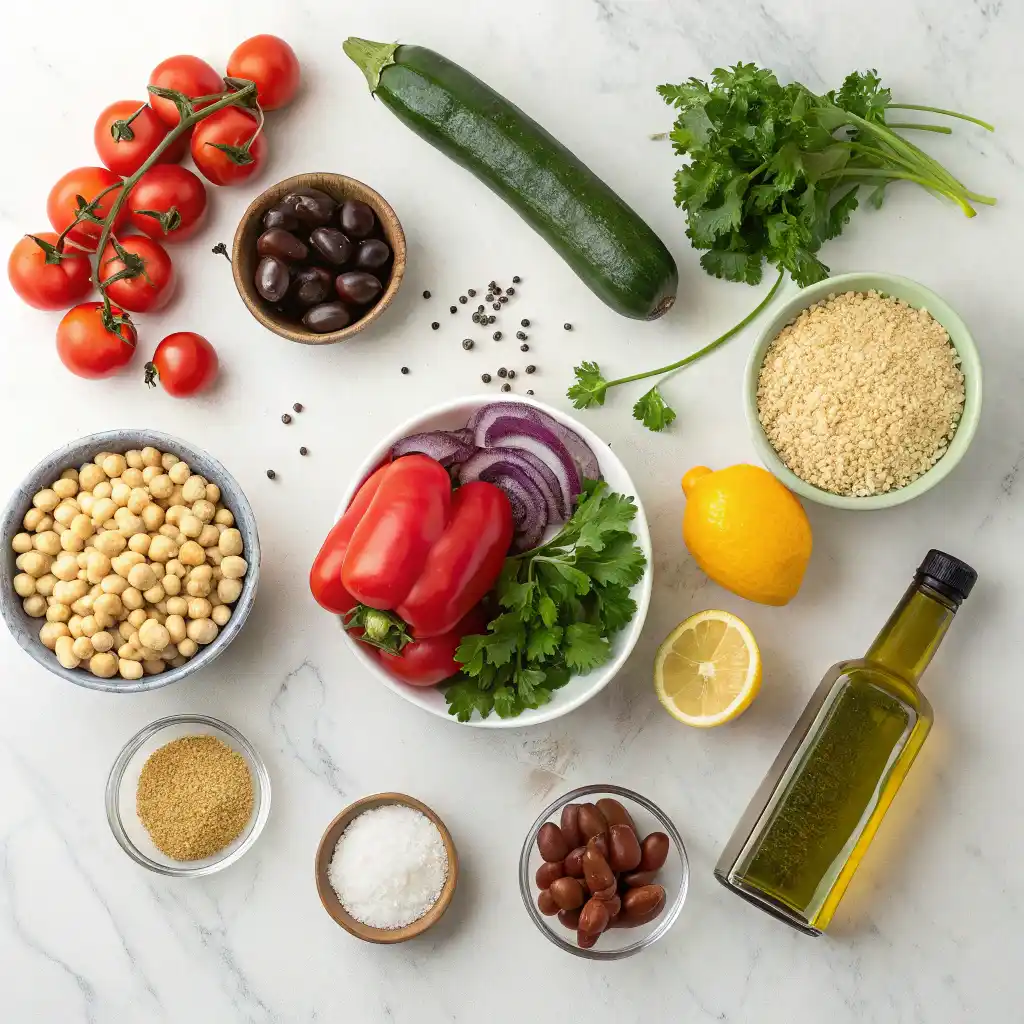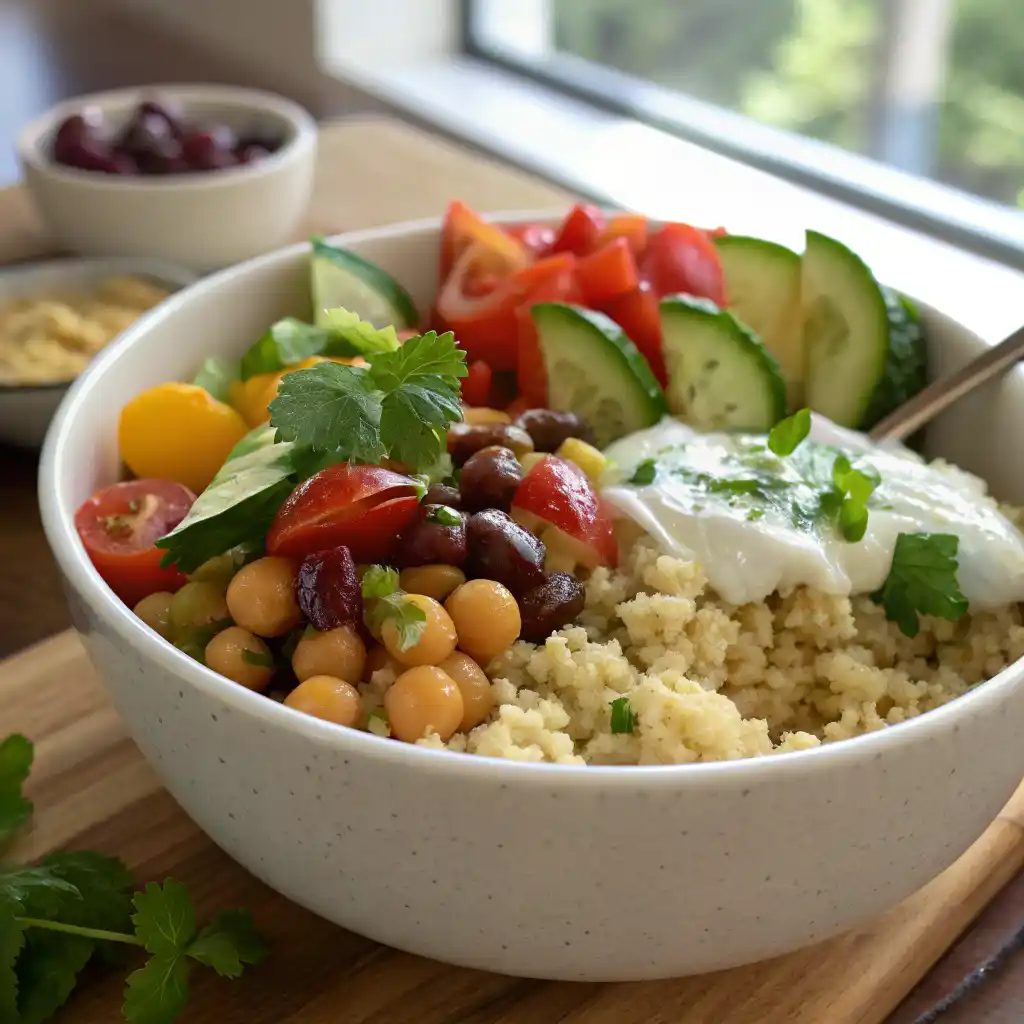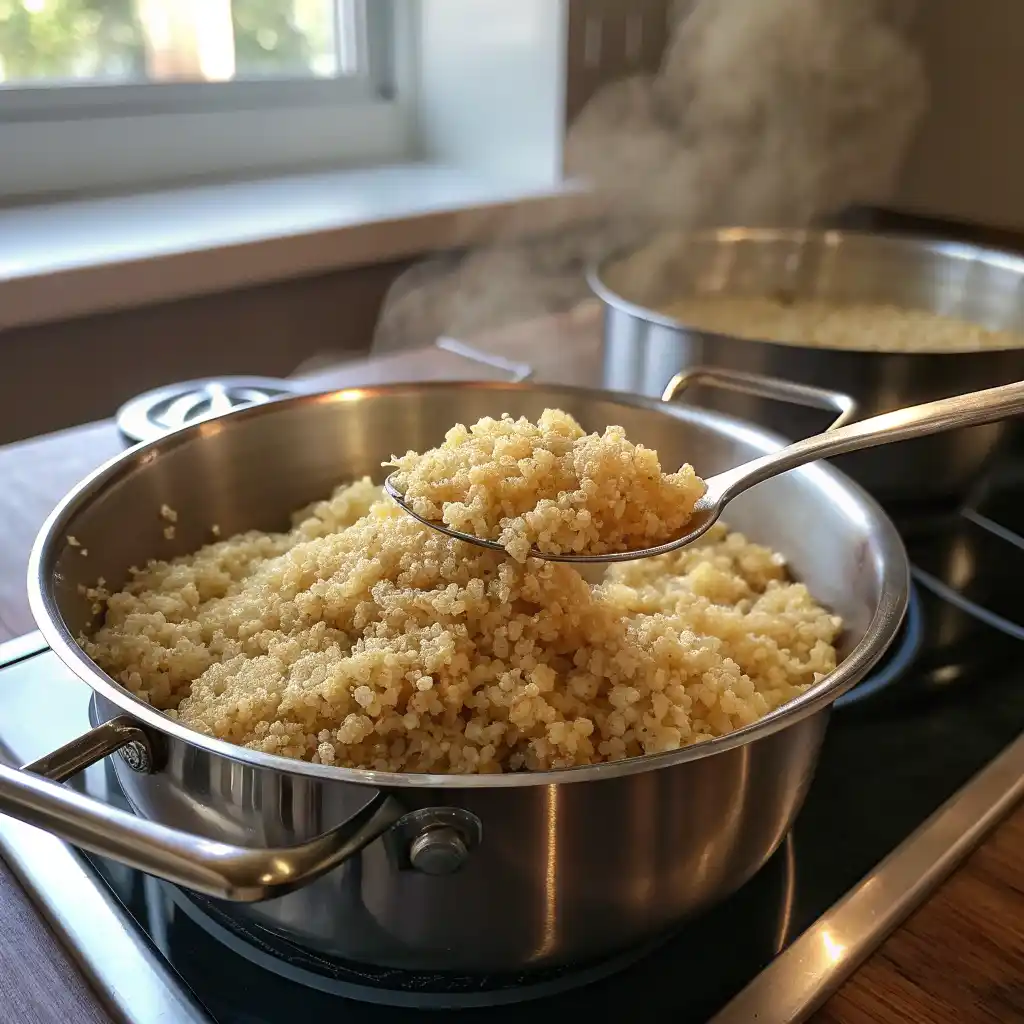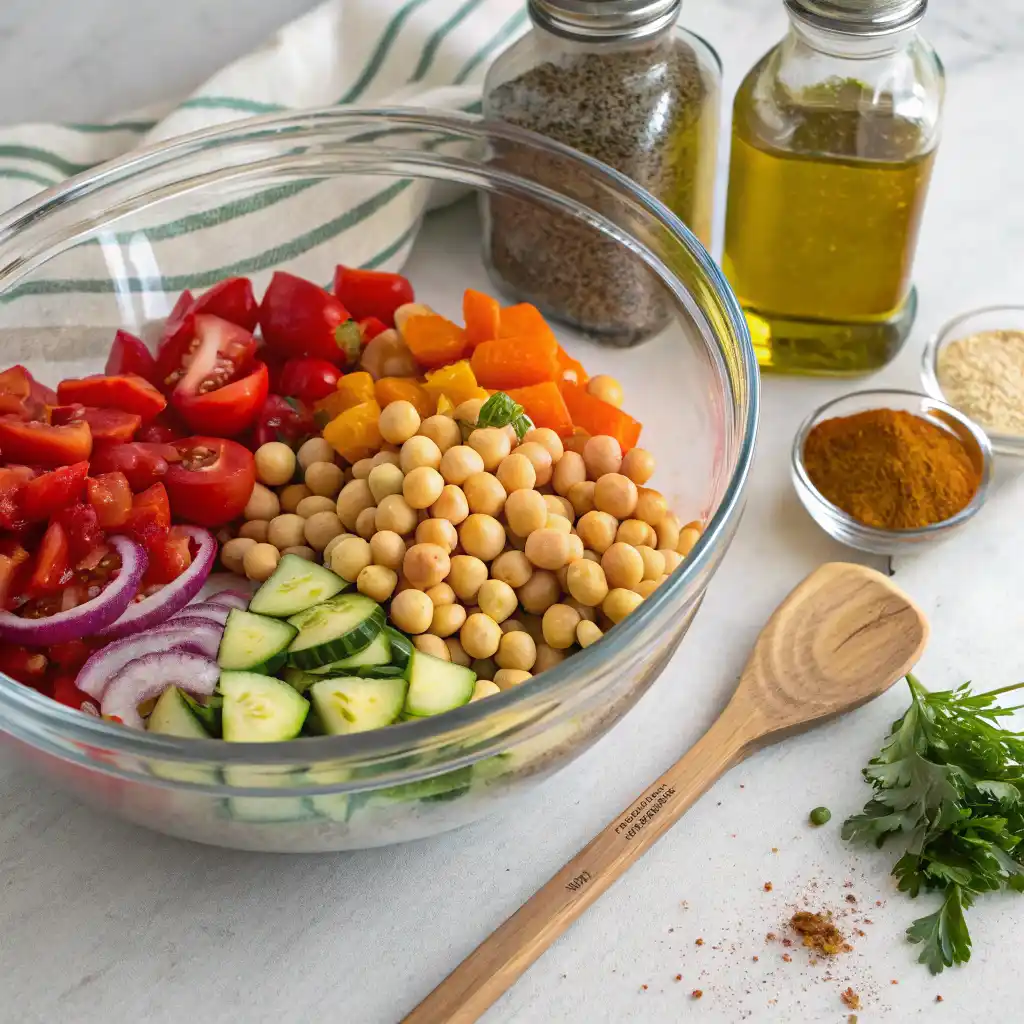Getting started with plant-based eating doesn’t have to be complicated or time-consuming. In fact, this Mediterranean-inspired quinoa bowl is your ticket to a week of delicious, nourishing meals that come together in under an hour. Whether you’re new to meal prep or looking for fresh plant-based ideas, you’ll find that this recipe delivers on flavor, nutrition, and convenience. With roasted vegetables, protein-packed chickpeas, and fluffy quinoa, you’ll have satisfying lunches or dinners ready to grab and go all week long.
Why This Plant-Based Meal Prep Works
This recipe combines the best of Mediterranean flavors with practical meal prep strategies. The quinoa provides a protein-rich base, while roasted vegetables add fiber and essential nutrients. Moreover, the tahini dressing brings healthy fats and incredible flavor to each bowl. As a result, you get a complete, balanced meal that supports your wellness goals without sacrificing taste.
Furthermore, this meal prep approach saves both time and money throughout the week. Instead of spending 30-40 minutes cooking every evening, you’ll invest just one hour on prep day. Consequently, you’ll have four nutritious meals ready to go, which means less stress and more time for the things you love.
Mediterranean Quinoa Power Bowl
Ingredients
Before you begin, gather these fresh, wholesome ingredients. Additionally, make sure all vegetables are washed and your quinoa is rinsed to remove any bitterness.

For the Quinoa Base:
- 1 cup uncooked quinoa, rinsed
- 2 cups vegetable broth
- ½ teaspoon garlic powder
- ¼ teaspoon sea salt
For the Roasted Vegetables:
- 1 can (15 oz) chickpeas, drained and rinsed
- 2 cups cherry tomatoes, halved
- 1 large red bell pepper, chopped
- 1 medium red onion, sliced
- 1 medium zucchini, diced
- 2 tablespoons olive oil
- 1 teaspoon dried oregano
- ½ teaspoon smoked paprika
- Salt and black pepper to taste
For the Fresh Toppings:
- 1 large cucumber, diced
- ½ cup fresh parsley, chopped
- ¼ cup fresh mint, chopped
- ¼ cup kalamata olives, sliced (optional)
For the Tahini Lemon Dressing:
- ⅓ cup tahini
- ¼ cup fresh lemon juice (about 2 lemons)
- 2 tablespoons water (add more for thinner consistency)
- 1 clove garlic, minced
- ¼ teaspoon cumin
- Salt to taste
Instructions
Follow these simple steps to create your plant-based meal prep bowls. Each step builds on the previous one, therefore making the process smooth and efficient.
Step 1: Cook the Base
-
Prepare the Quinoa: First, combine the rinsed quinoa, vegetable broth, garlic powder, and salt in a medium saucepan. Then bring to a boil over high heat, before reducing heat to low. Cover and simmer for 15 minutes until all liquid is absorbed. Afterwards, remove from heat and let it sit covered for 5 minutes, then fluff with a fork. This is a foundational step for any successful meal prep routine.

Perfectly cooked quinoa, fluffy and ready to serve as your protein-rich base - Preheat and Prep: Meanwhile, while the quinoa cooks, preheat your oven to 425°F (220°C). Next, line two large baking sheets with parchment paper for easy cleanup.
Step 2: Prepare the Vegetables
-
Season the Vegetables: In a large mixing bowl, toss together the chickpeas, cherry tomatoes, bell pepper, red onion, and zucchini with olive oil, oregano, smoked paprika, salt, and pepper. Be sure to mix thoroughly so everything is evenly coated.

Fresh vegetables and chickpeas coated with aromatic Mediterranean spices, ready for roasting - Roast to Perfection: Subsequently, spread the seasoned vegetables and chickpeas in a single layer on the prepared baking sheets. Don’t overcrowd them—this ensures they roast rather than steam. Roast for 25-30 minutes, stirring halfway through, until the vegetables are tender and slightly caramelized and the chickpeas are crispy.
Step 3: Create the Dressing & Toppings
- Make the Dressing: While everything roasts, whisk together tahini, lemon juice, water, minced garlic, cumin, and salt in a small bowl. Initially, the mixture will thicken, but it will smooth out as you continue whisking. Gradually add more water one tablespoon at a time until you reach a pourable consistency. Finally, taste and adjust seasoning as needed.
- Prep Fresh Toppings: At the same time, dice the cucumber and chop your fresh herbs. Set aside. These bright, crunchy elements are what make this bowl truly special.
Step 4: Assemble & Store
- Assemble Your Bowls: Once everything is ready, divide the cooked quinoa among four meal prep containers. Then, top each with an equal portion of roasted vegetables and chickpeas. Finally, add fresh cucumber, herbs, and olives if using.
- Store Smart: For optimal freshness, keep the tahini dressing in a separate small container or jar. This prevents the bowls from getting soggy and keeps everything fresh. Consequently, you can store them in the refrigerator for up to 5 days. When ready to eat, simply drizzle the dressing over your bowl, give it a quick stir, and enjoy cold or reheated.
Nutritional Benefits
Based on 4 servings
Key Nutrients:
Pro Tip: For variety throughout the week, consider trying different plant-based protein options such as roasted chickpeas one day and marinated tofu the next. Additionally, you can swap in seasonal vegetables to keep things interesting and budget-friendly.
Frequently Asked Questions
Here are the most common questions about this plant-based meal prep recipe. If you have additional questions, feel free to leave a comment below!



